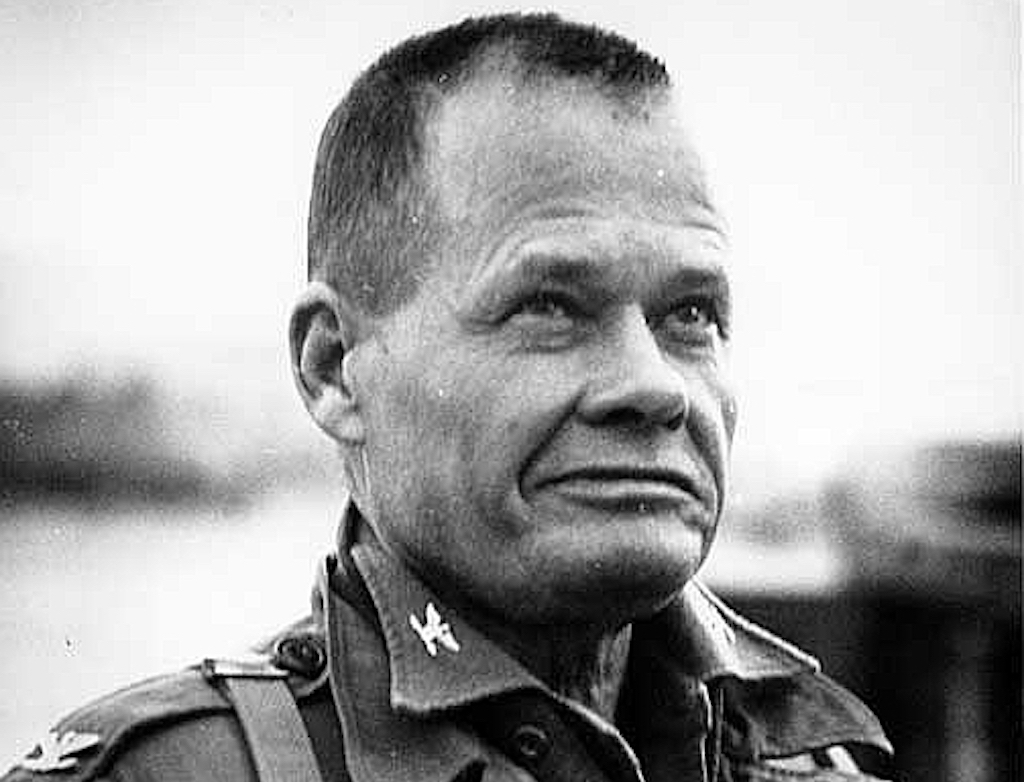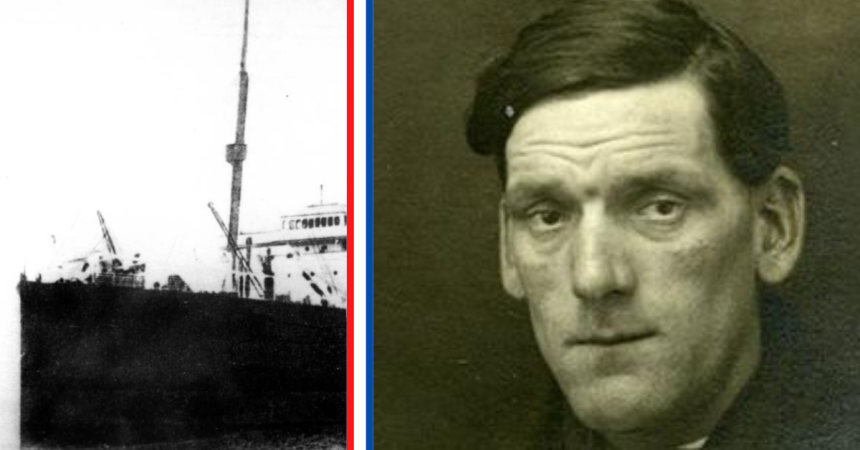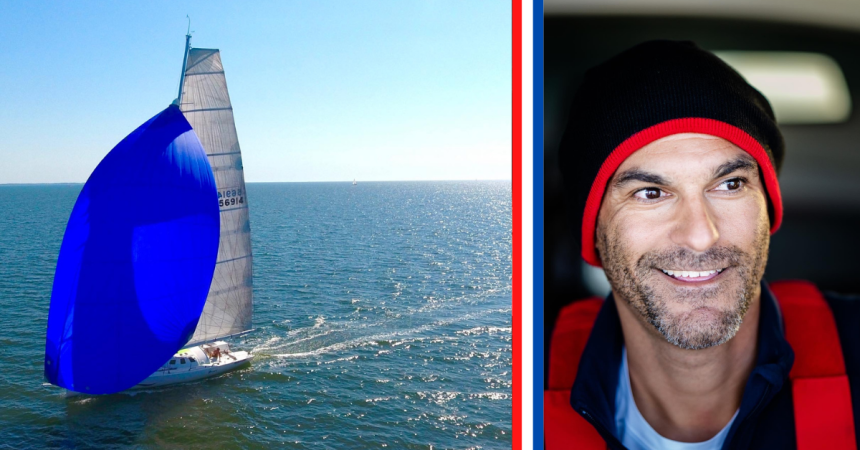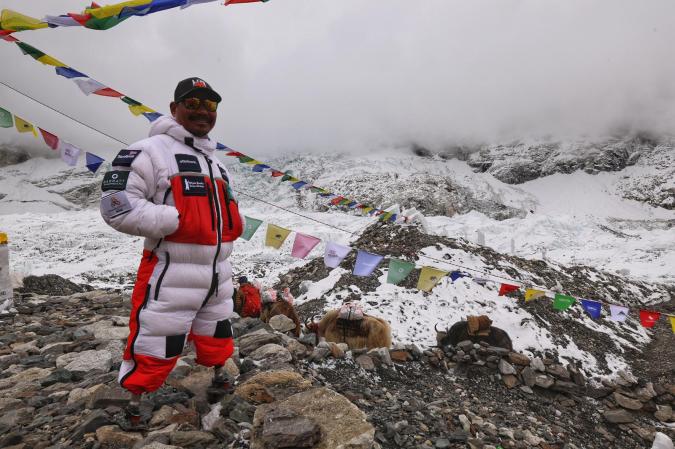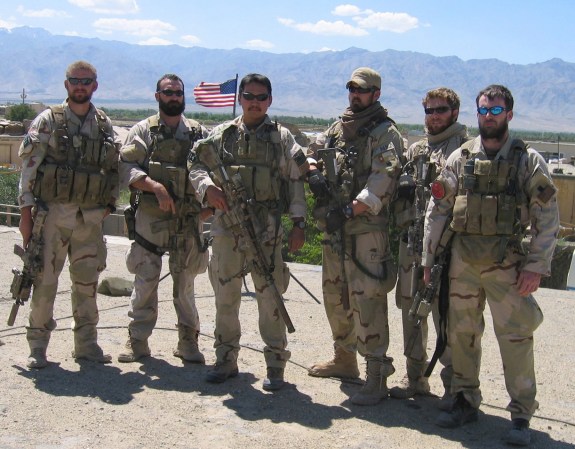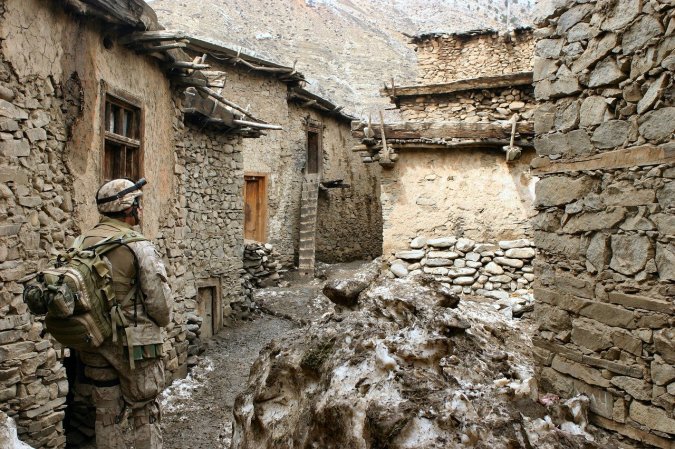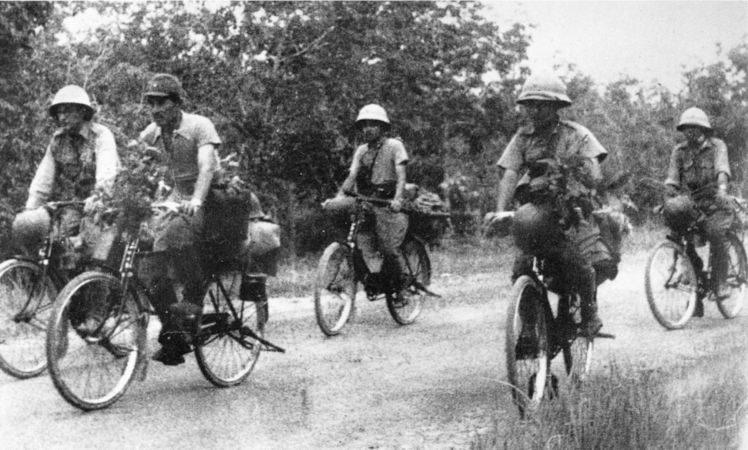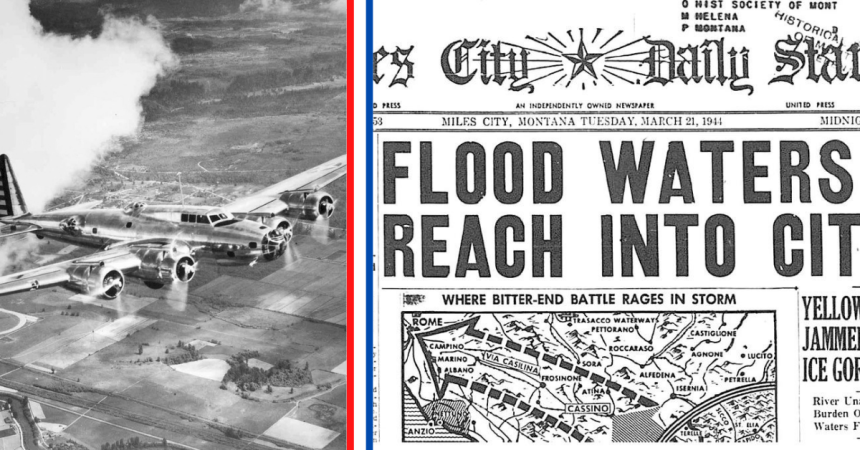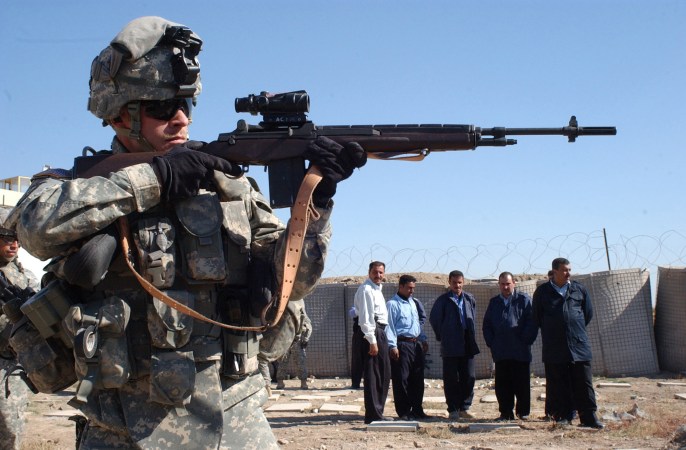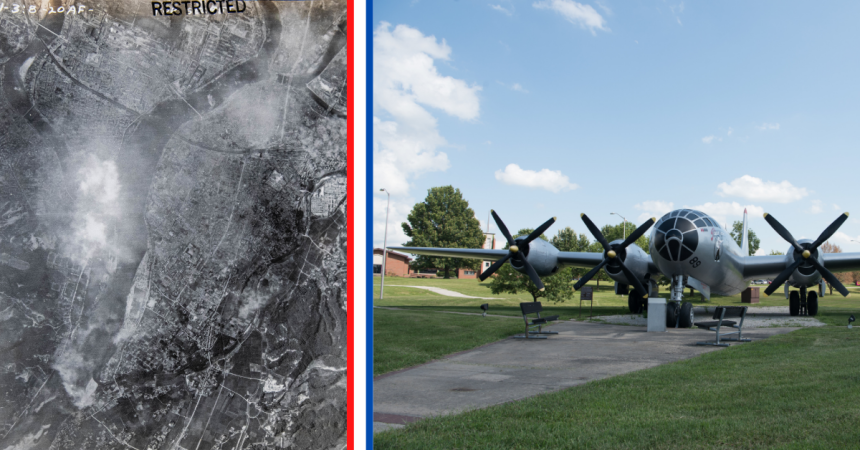Marine Corps Lt. Gen. Lewis “Chesty” Puller is probably known best for his legendary actions in World War II where he led Marines at Guadalcanal and in Korea when he and his men broke out from the Chosin Reservoir.
But Puller originally enlisted in the Corps to fight in World War I.
He was eventually assigned to train new Marines and then sent officer school — which combined to keep him away from the front lines of The Great War.
But in 1919 he was offered a deployment to Haiti if he came back to active duty.

The trip was described to young Marine officers as a sort of consolation prize after their trip to France was canceled. Writing about Puller and another Marine officer in Counterinsurgency and the United States Marine Corps, Leo J. Dougherty III wrote:
They saw service in Haiti as a means of compensation for not having served in the World War, and, as then Capt. William H. Rupertus told the young second lieutenants, as a way to “make money and have some fun.”
But Haiti was a real war zone.
Most of the recent Marine Corps officer training graduates were sent to Haiti as American noncommissioned officers who held officer ranks in the Gendarmerie d’Haïti. This was basically a police and counterinsurgency force whose enlisted ranks were filled with local soldiers but whose officers were mostly Marine Corps officers and noncommissioned officers.

The first commander of the Gendarmerie d’Haïti was then-Maj. Smedley Butler, another Marine Corps legend. And the Marines and their gendarmerie fought tooth and nail against determined Caco rebel attacks.
The rebels would hit targets — usually government buildings and forces — and then escape into the jungle.
To catch the rebels, Puller and other gendarmerie officers led their men on hard marches through the jungle and into the mountains, fighting off ambushes along the way.
Puller — who was deployed to Haiti from 1919 to 1924 — later estimated that he fought in about 40 engagements against the Caco rebels in Haiti and learned a lot of lessons, which helped him later in Nicaragua.
Puller was promoted to second lieutenant in 1924 and deployed to Nicaragua for the first time in 1926.
Nicaragua had been racked by political turmoil for over a decade despite an American intervention in 1912, causing instability in Latin America and headaches for American fruit companies. The Marines arrived in 1927 to protect American interests in the country.

In 1928, Puller arrived and again led a local force, this time it was an element from the Guardia Nacional of Nicaragua. These government forces and their Marine mentors were tasked with disrupting rebel operations.
During his first tour of Nicaragua, Puller served for over two years and was awarded a Navy Cross for leading his men through five major engagements from February to August of 1930. Puller’s element was successful in each of the engagements, killing nine of the enemy and wounding more.
After a year break for training at Fort Benning, Puller returned to Nicaragua and commanded local forces once again. He received a second Navy Cross for actions taken in 1932. Puller was leading 40 Nicaraguans alongside Marine Corps Gunnery Sgt. William A. “Iron Man” Lee.

The men forced their way into rebel territory a full 80 miles from their base and any reliable reinforcements or lines of communication. Rebels ambushed them, and Puller was in the center of the first attack. When a Nicaraguan fell right next to him and Lee was hit with what were thought to be mortal wounds, Puller quickly rallied the men and got them fighting against the 150 or more rebels.
Despite the fact that they had been ambushed by a numerically superior force, the Marines and Nicaraguans were able to throw off the attack. They killed 10 of the enemy.
Puller led his men back to their base to the south, a full hundred miles away.
But on Sept. 30, 1932, 10 days after the first ambush, the rebels attempted two more attacks designed to wipe out Puller and his men. Both attacks were rebuffed with heavy losses for the rebels, allowing the American-Nicaraguan patrol to arrive at the base on Oct. 31.
Lee survived his wounds and later fought in World War II where he became a prisoner of war. He was awarded the Navy Cross three times for his actions in Nicaragua.
Puller would later take a series of staff and command positions, including a deployment to guard Americans in China, before leading Marines throughout the Pacific in the World War II and Korea battles that made him an icon of the Corps.


